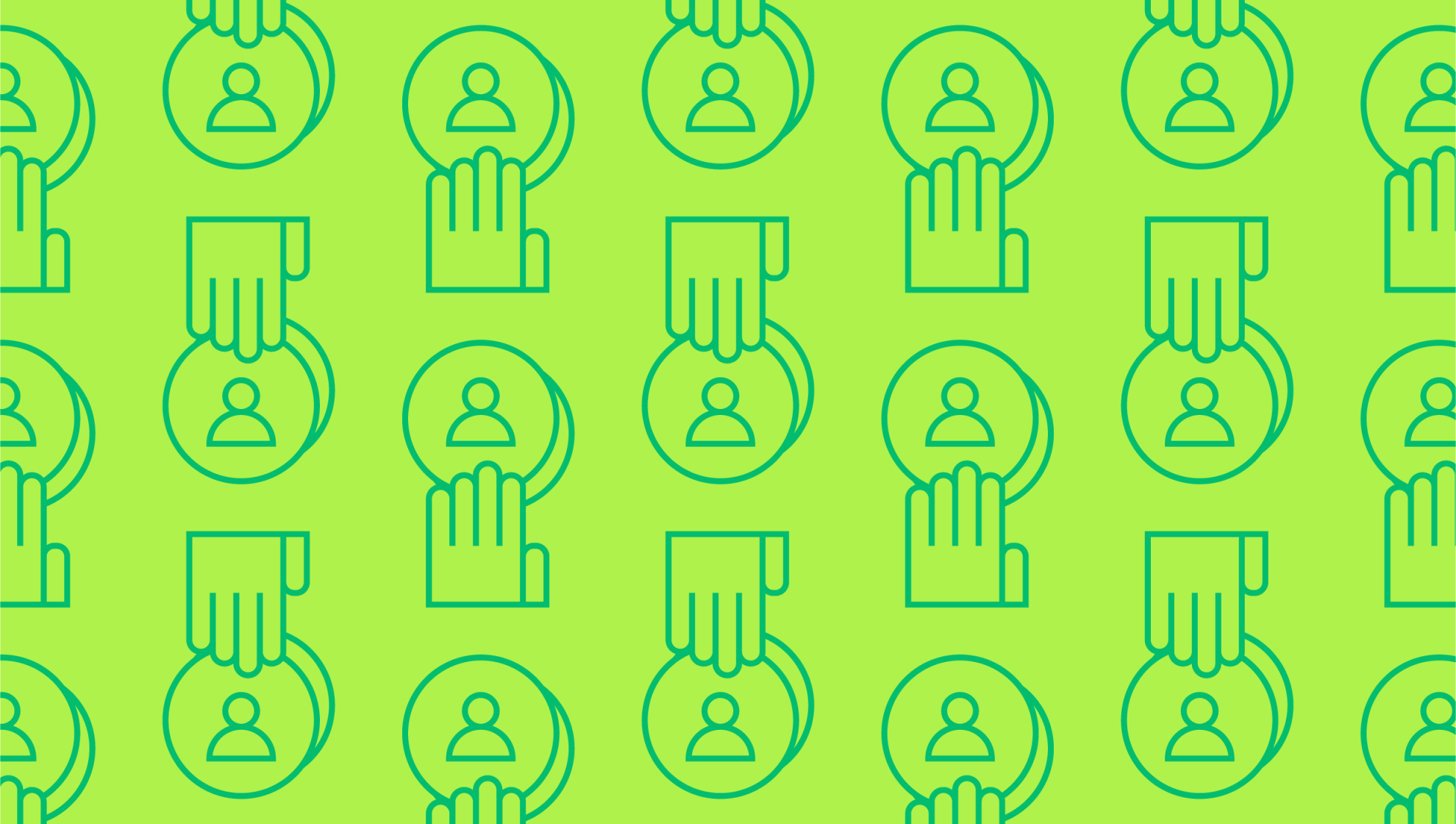Last editedDec 20213 min read
What sets successful software-as-a-service (SaaS) businesses apart from the competition? A commitment to excellent customer service is more important than ever with this type of business model. Instead of selling one-off products, you must keep customers engaged over time. Understanding the SaaS customer life cycle is an important first step. Here’s what you need to know about the customer life cycle – and how to make the most of it.
What is the SaaS customer life cycle?
In business, the customer life cycle describes the process that customers go through when engaging with a company or service provider. Any customer life cycle example is divided into three main categories:
Acquisition
Engagement
Retention
It’s similar to the sales funnel but focuses more on the customer’s relationship with your brand. Ideally, a successful SaaS life cycle will conclude with the customer renewing their service contract and referring additional customers to your products. This requires strong engagement, which is why it’s important to pay attention to user experience at each stage.
Acquisition stages
During the initial acquisition stages of any customer life cycle, customers are seeking solutions to existing problems. SaaS companies will need to focus on sharing how they will solve these problems.
Awareness: The customer first becomes aware of the problem and researches their potential solutions.
Consideration: The customer has finished initial research and has identified a range of SaaS solutions to consider.
Qualification: The customer is ready to narrow down the SaaS solutions to a few primary options. How will you differentiate your business as the best solution?
At these initial customer life cycle stages, you should reach out with the help of your sales team. Provide helpful content to back up the customer’s own research. Monitor visitor activity on your website to see what leads are looking for, following up with real-time live chats. You might offer a demo or free trials of your service to prove it’s better than the competition. It’s vital that you know your unique selling propositions (USPs) at this stage and get your SaaS pricing model right.
Engagement stages
While the acquisition stages of the SaaS customer life cycle are all about providing information, engagement is all about keeping them hooked. Once a customer has agreed to try your product, you need to demonstrate its value.
Evaluation: Your would-be customer is now ready to decide by evaluating your software through trial or detailed chats with your sales time.
Purchase: This is the all-important step where a sales lead makes the conversion to a paying customer.
Activation: The new customers go through any necessary onboarding process and start using your products. Be sure that they have all the information needed to derive immediate value.
To ensure that these stages are successful, you’ll need to take care with providing detailed, useful training materials. Think about including multimedia elements including demo videos or online courses if your software is complicated. A dedicated on-call customer service team will also be useful. Many customers won’t make it past the engagement stage if they can’t figure out how to successfully use your product.
Retention stages
The final stages of the SaaS customer life cycle involve retention. Your customers have made a purchase and learned how to use it; so now you need to prove that there’s continuing value in order to prevent churn. Remember; it costs far more to acquire new customers than it does to retain existing ones.
Expansion: Offer useful upgrades or complementary products to bring new value to your SaaS products.
Renewal: Whether you offer month-to-month or annual subscriptions, follow up with customers when the contract is set to expire to encourage renewal.
Referral: If you have satisfied customers, they’ll refer your products to their friends, family, and colleagues – a win-win proposition.
If you can make it to the final stage with your existing customers providing referrals, it saves money on generating new sales leads while sparking further growth. Strive to continually update your product with new, useful features to keep your customers happy. Respond to any concerns quickly and ask for feedback to drive innovation.
Why is the customer life cycle important?
This customer life cycle example creates a logical roadmap for your business to follow. It encourages greater understanding of how your customers engage with your products and services, from the information-gathering stage up through renewing a contract. By focusing on each stage’s customers with their unique needs, you’ll be better able to provide targeted solutions. This boosts brand loyalty over time, while improving important metrics like customer lifetime value.
We can help
GoCardless helps you automate payment collection, cutting down on the amount of admin your team needs to deal with when chasing invoices. Find out how GoCardless can help you with ad hoc payments or recurring payments.
